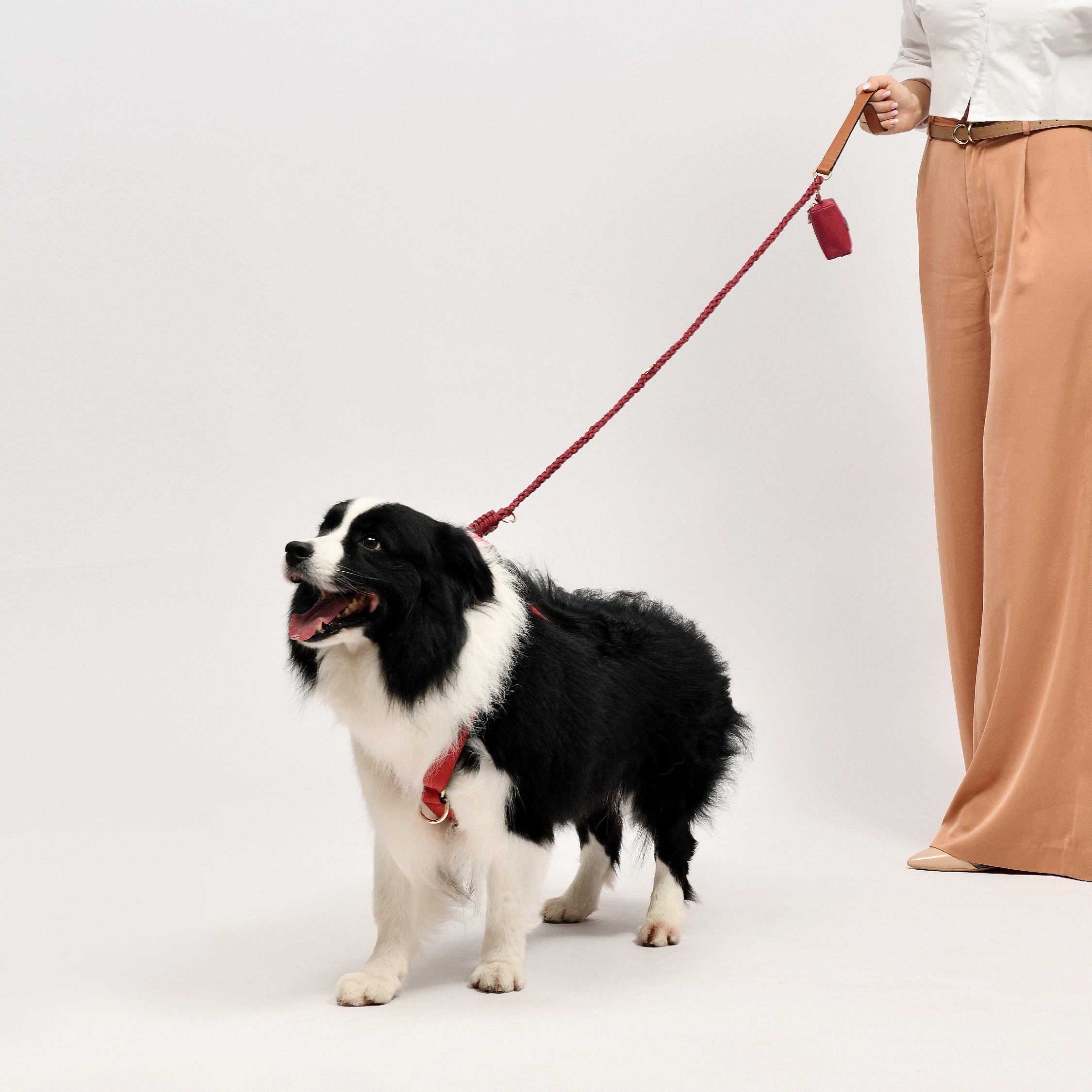In Part I of this series, we talked about the science behind dog behavior, including instincts, emotions, and learning. In this article, we'll explore two more important aspects of understanding your canine companion: communication and socialization.
Dogs communicate with each other and with humans through a variety of channels, including body language, vocalizations, and scent. By learning to read your dog's communication cues, you can better understand their needs and feelings. For example, a wagging tail can indicate happiness or excitement, while a tucked tail can indicate fear or anxiety. Other communication cues to look for include ear position, body posture, and vocalizations like barking or growling.
Socialization is also an important aspect of understanding your dog. Socialization refers to the process of exposing your dog to a variety of people, animals, and environments in a positive and controlled way. This helps your dog learn to be comfortable and confident in different situations and can prevent behavior problems like fearfulness or aggression. Socialization should begin when your dog is young and continue throughout their life.
By learning to communicate with your dog and providing them with positive socialization experiences, you can help them feel more comfortable and confident in the world around them.
-To be continued -
About the Author:
Quinn is an adventurous writer fueled by a deep love for animals and a passion for travel. With a heart full of wanderlust and a soul connected to nature, Quinn channels her vibrant experiences into inspiring pet owners to forge unbreakable bonds with their furry companions.










